Le Quy Don High School
The school was started in 1874 and completed in 1877, teaching from primary to baccalaureate according to the French curriculum. When it was first established, the school was called Collège Indigène (native high school), and was soon renamed Collège Chasseloup Laubat.
In the early 20th century, the expansion of Vietnamese students (who had to have French nationality) was implemented. The school was divided into two separate areas, one for French students, called Quartier Européen, and one for Vietnamese students, called the native area, but they all studied the same French curriculum and took the French baccalaureate exam.
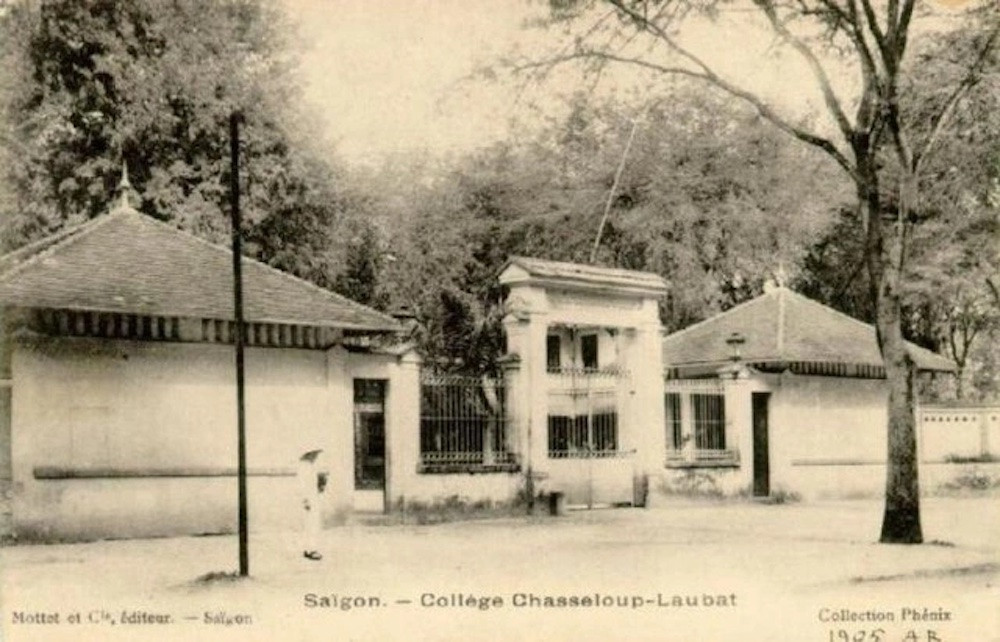
The old College Chasseloup Laubat, now Le Quy Don High School. Photo: School documents
In 1954, the school changed its name again to Jean Jacques Rousseau (named after a French intellectual in the 18th century "Enlightenment" movement) to avoid recalling the colonial period, but it was still managed by the French, mainly teaching Vietnamese students. In 1970, the school was returned to the Vietnamese and renamed Le Quy Don Education Center, teaching from grades 1-12.
After the country was unified, on August 29, 1977, the City People's Committee signed a decision to establish Le Quy Don High School. The 150-year-old school is currently located on Le Quy Don Street, District 3.
Nguyen Thi Minh Khai High School
The school was started in 1913 on a large plot of land on Legrand de la Liraye Street, Saigon, now Dien Bien Phu Street. Two years later, the school was completed and opened its first class with 42 female students. Purple was chosen as the uniform color for female students at that time, symbolizing the modesty, modesty and modesty of Vietnamese girls. Therefore, the school was also called Purple Shirt Girls School. Initially, the school only had preschool classes and junior college classes.
In 1918, due to the increase in the number of students, the school built a second building parallel to the old one. The new building had many functions, the ground floor was used as a dormitory for students away from home, behind was the infirmary, laundry room and kitchen in a ground floor house. This was also the place where home economics and embroidery were taught.
In 1922, the school inaugurated its Girls' Secondary School under the name Collège de Jeunes Filles Indigènes (Native Girls' School). However, the school was still better known as the Purple Girls' School. The first principal was a French teacher named Lagrange.
Although the school was under French control at the time, the anti-colonial movement among students was still smoldering. In the summer of 1940, the Japanese army occupied the school, then the British army, the school moved to Do Chieu Primary School in Tan Dinh area, changed its name to Collège Gia Long, then Lycée Gia Long. The purple uniform of female students was changed to white along with the yellow apricot flower badge.
After the country's reunification, the school was renamed Nguyen Thi Minh Khai Secondary and High School by the new government. In the 1978-1979 school year, the school dissolved the secondary school, accepting both female and male students, and changed its name to Nguyen Thi Minh Khai High School.
Tran Dai Nghia High School for the Gifted
In 1874, Father Henri De Kerlan - Parish Priest of Saigon Cathedral - used his own money to found Lasan Taberd School located at the residence of the Tan Binh District Governor under Tu Duc. The school was completed in 1875 and completed in 1887, initially to raise abandoned European and French orphans, later accepting students of all religions.
The first class of Lasan Taberd School had 58 students taught by priests and missionaries, including 2 Vietnamese and 2 French. From 1889, the first brothers of the Catholic school Les Frères des Ecoles Chrétiennes were invited from France. By 1949, the school had 1,200 students.
On December 12, 1975, following the joint announcement of the Ho Chi Minh City Department of Education and the Catholic Liaison Committee of the Saigon Archdiocese, Lasan Taberd School was officially handed over to the Ho Chi Minh City Department of Education. The school continued to provide general education training from grades I, II and III with 6,566 students until the end of September 1976.
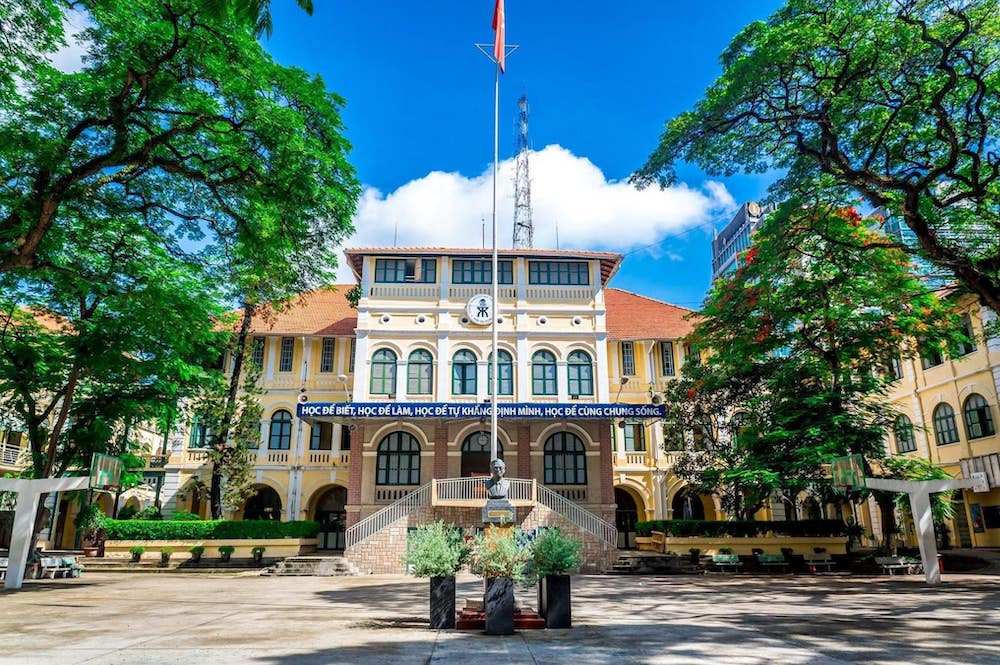
With the mission of training primary school teachers in the city, in August 1976, the Pedagogical High School took over from the old Lasan Taberd School and started the first course. In 2000, the Pedagogical High School was handed over to establish Tran Dai Nghia High School according to the decision of the Ho Chi Minh City People's Committee. Tran Dai Nghia High School held the entrance exam for the first course with 912 students for 23 classes.
On October 4, 2002, the Ho Chi Minh City People's Committee issued a Decision allowing the conversion of Tran Dai Nghia High School into Tran Dai Nghia Specialized High School. From the 2003-2004 school year, the school began enrolling students in 10th grade classes specializing in English, Math, Literature, Physics, Chemistry, etc.
Tran Dai Nghia High School for the Gifted is one of two specialized schools in Ho Chi Minh City today, along with Le Hong Phong High School for the Gifted. This is the only specialized high school that has recruited 6th grade students for many consecutive years.
In 2024, the People's Committee of Ho Chi Minh City will separate Tran Dai Nghia High School for the Gifted into Tran Dai Nghia High School for the Gifted and Tran Dai Nghia Secondary and High School.
Marie Curie High School
The school was named after the female scientist Marie Curie in 1918, exclusively for girls, with the original name of the French Lycée Marie Curie. However, the school was built before that.
When the Japanese invaded Indochina in 1941, the school was requisitioned as a hospital. At this time, the school had to move to a kindergarten on Garcerie Street, now Pham Ngoc Thach Street. A year later, the school was returned and moved to its original location with a new name, Calmette Secondary School.
On September 23, 1945, the French army returned to occupy Saigon, the school was renamed Lucien Mossard High School. In early 1948, the school returned to its old name, Marie Curie High School (or Lycée Marie Curie).
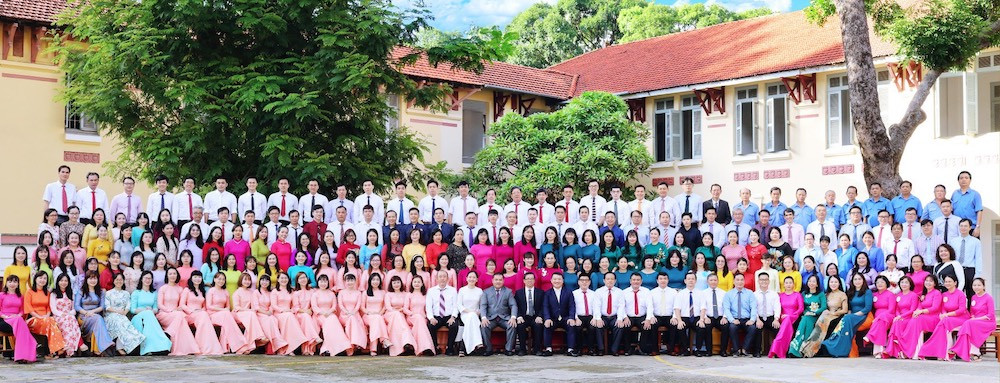
After the country's reunification, Marie Curie High School changed its name to Marie Curie Secondary School. In 1978, the school only taught high school so it changed its name to Marie Curie High School.
In 1997, the school was renamed Marie Curie Semi-Public High School and converted to public school in 2006 with the name Marie Curie High School until now.
In 2015, the school was recognized as a Historical - Cultural Relic and Scenic Spot of Ho Chi Minh City.
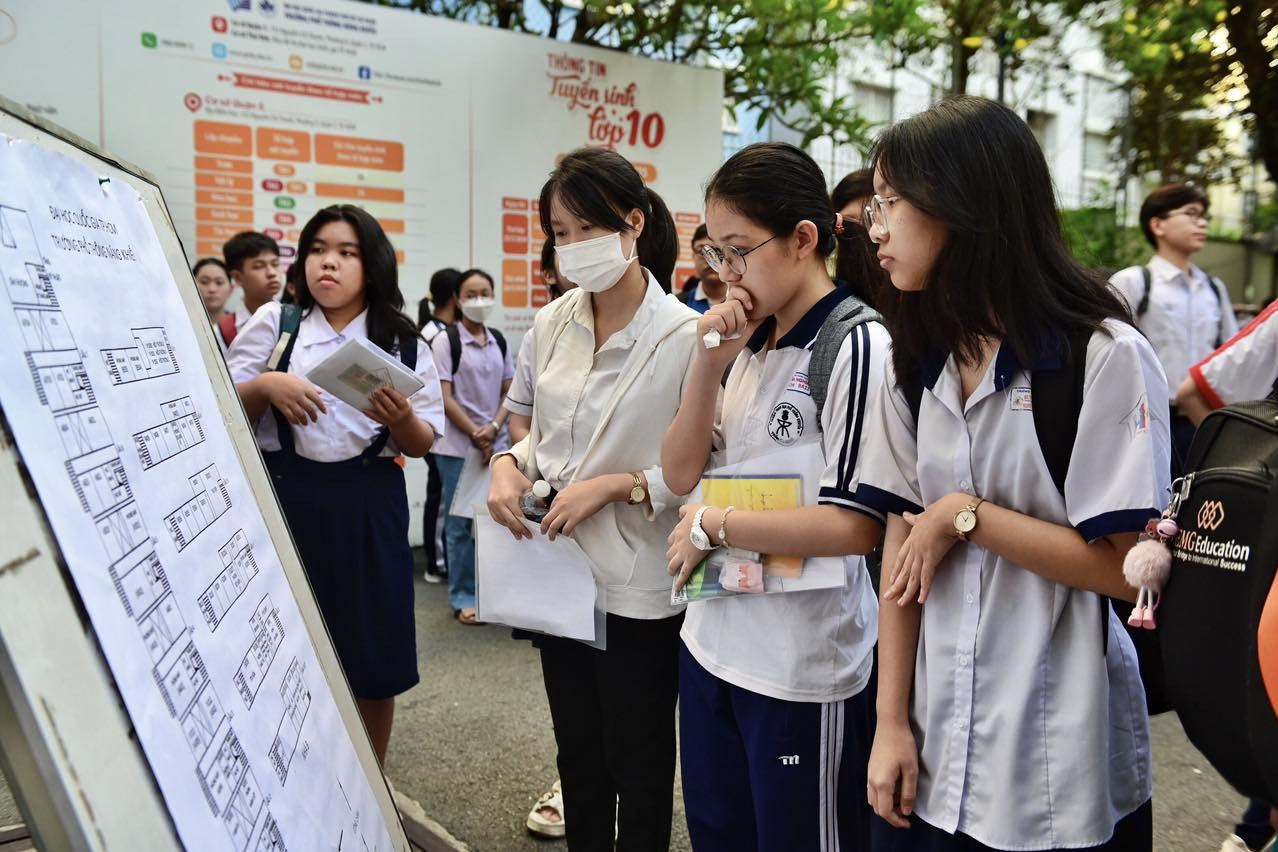
Latest information about 10th grade exam in Ho Chi Minh City in 2025
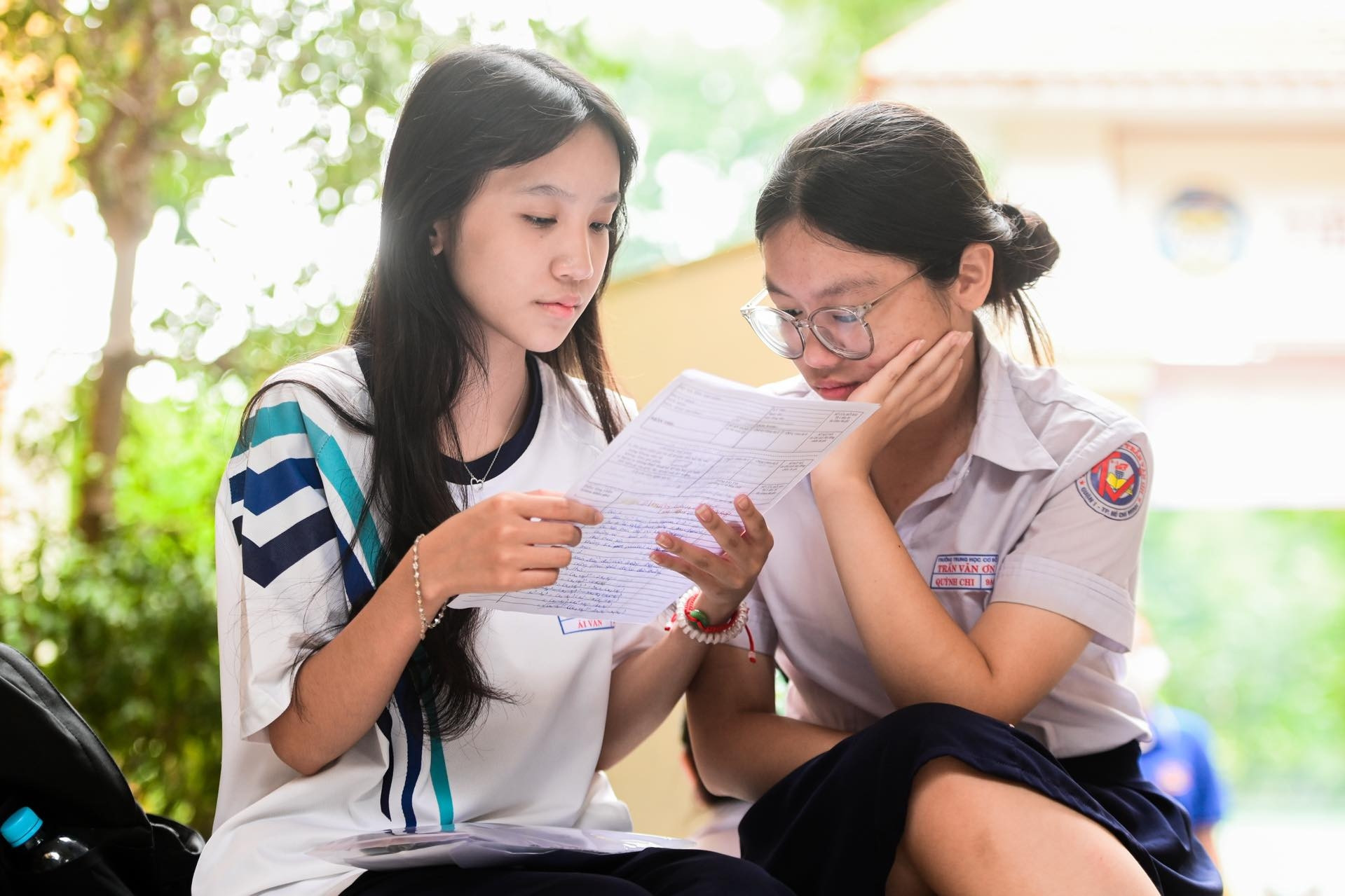
Latest information about 10th grade entrance exam for specialized schools in Ho Chi Minh City in 2025
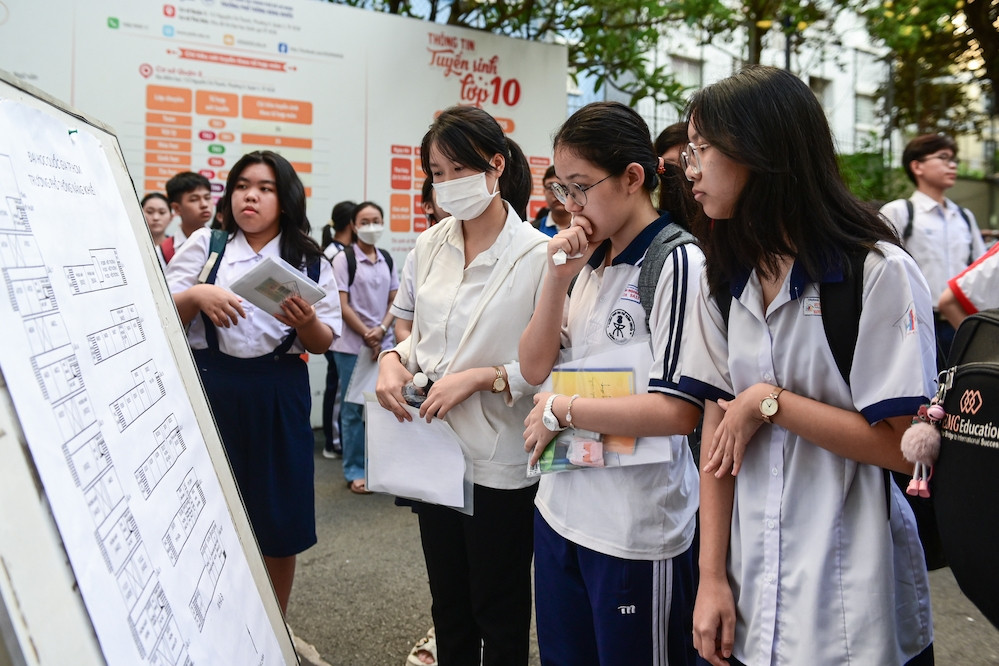
Ho Chi Minh City fails to recruit more than 800 public grade 10 students
Source: https://vietnamnet.vn/4-truong-hoc-hon-100-tuoi-nam-trong-top-diem-chuan-lop-10-cao-nhat-o-tphcm-2325730.html


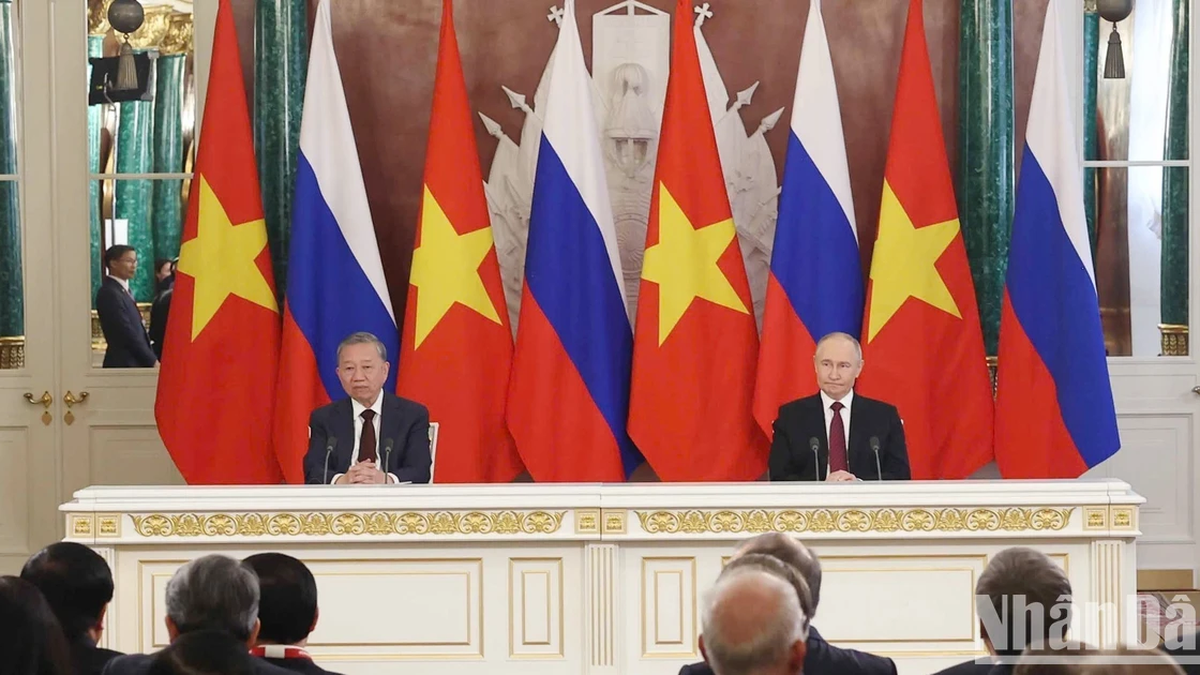
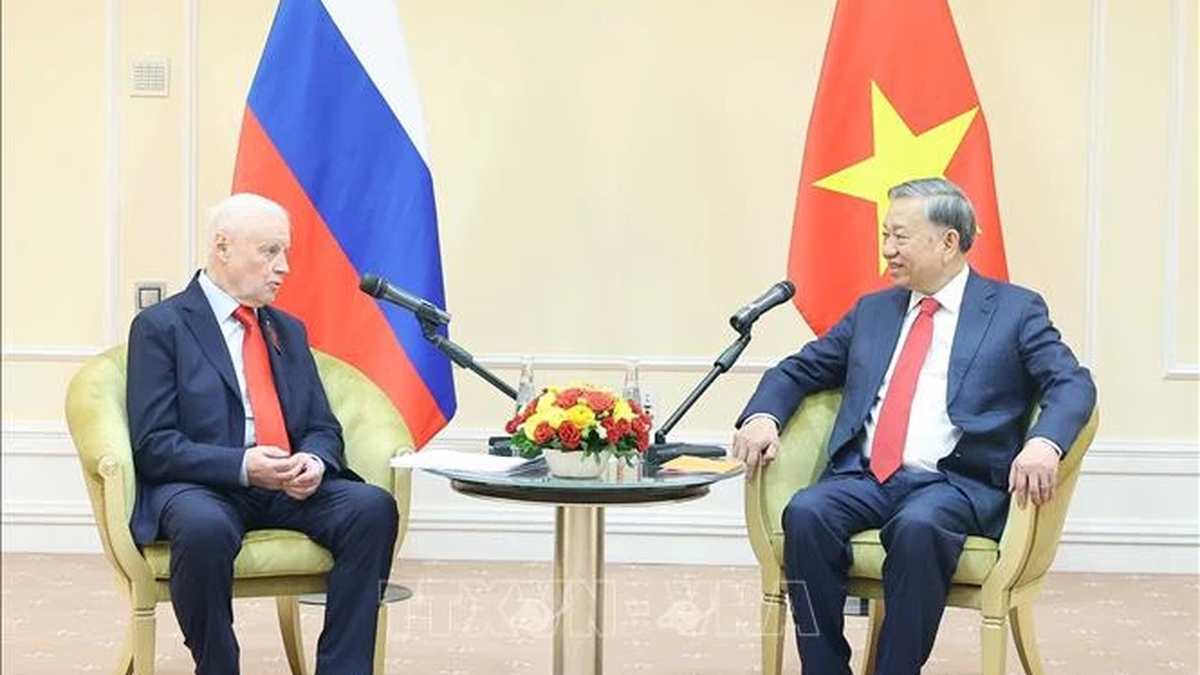
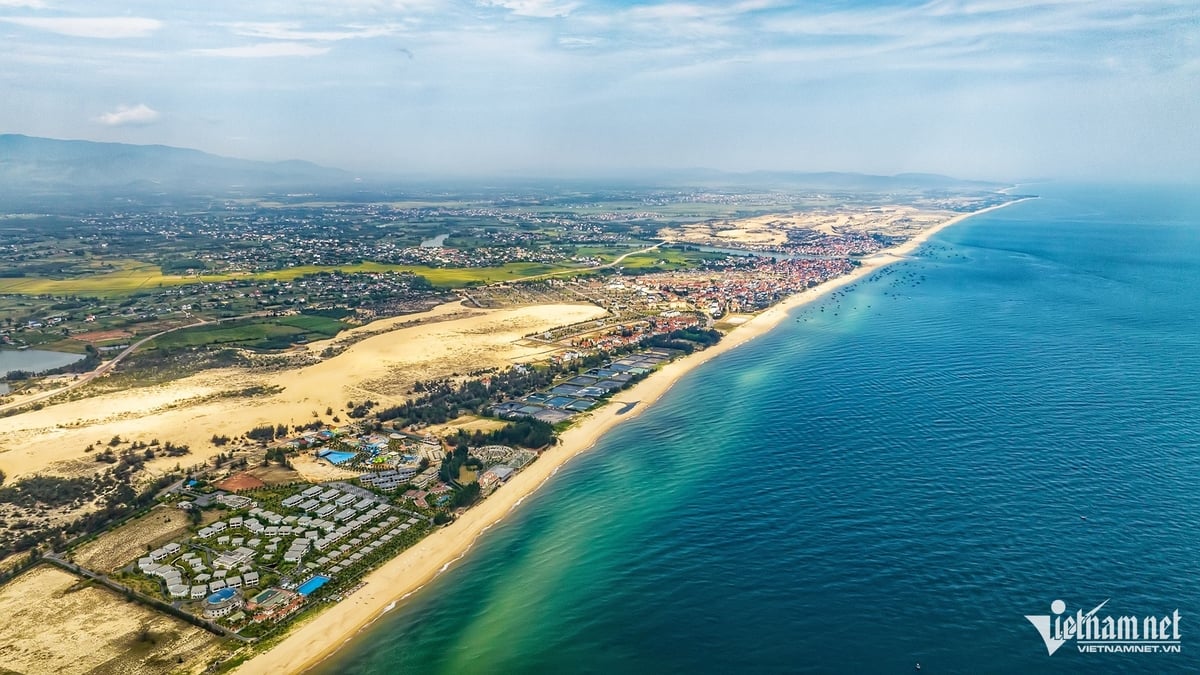
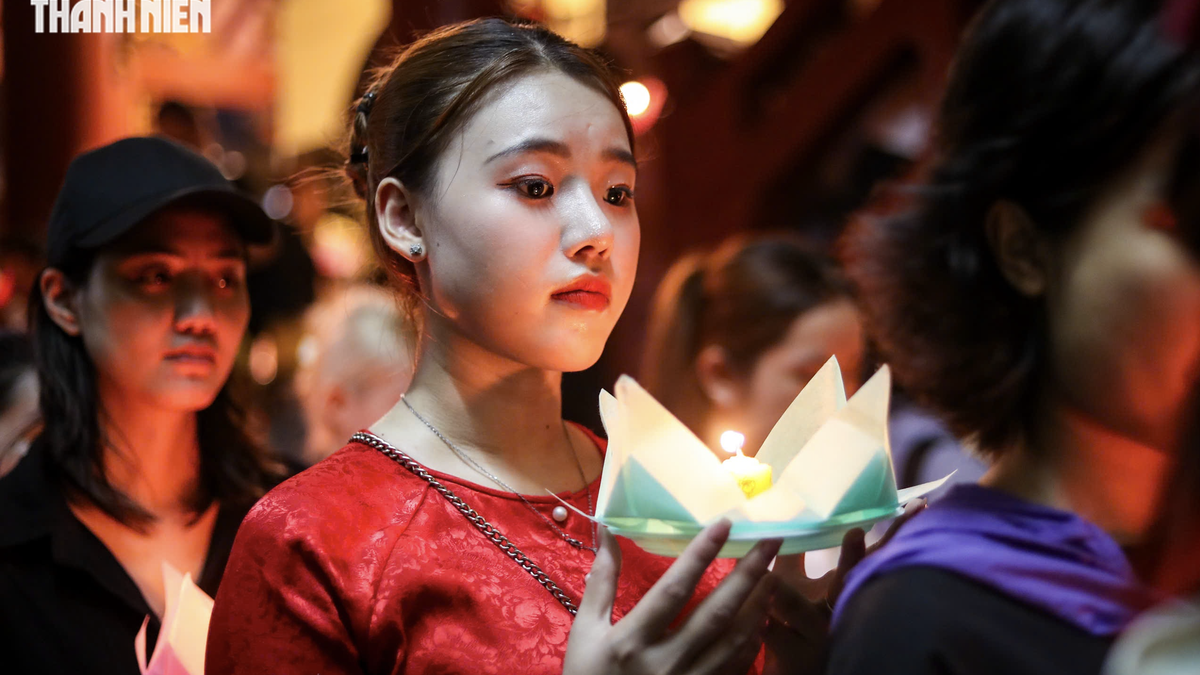

![[Photo] Prime Minister Pham Minh Chinh chairs Government Standing Committee meeting on Gia Binh airport project](https://vphoto.vietnam.vn/thumb/1200x675/vietnam/resource/IMAGE/2025/5/10/6d3bef55258d417b9bca53fbefd4aeee)
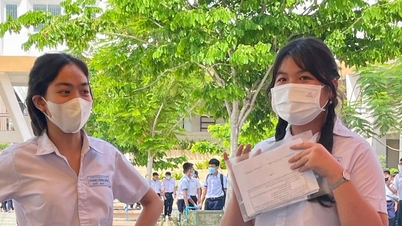

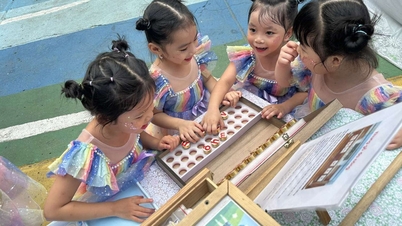



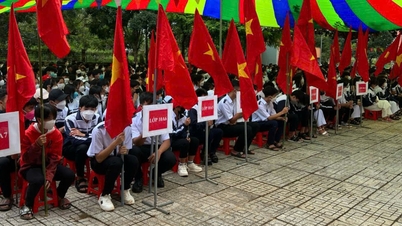



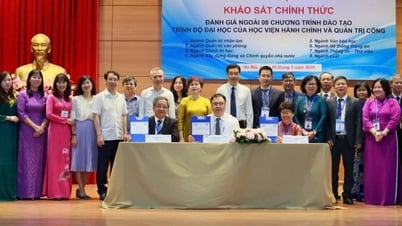
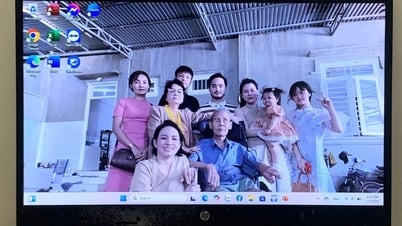
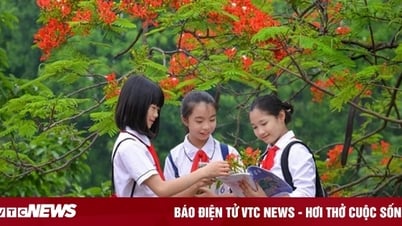
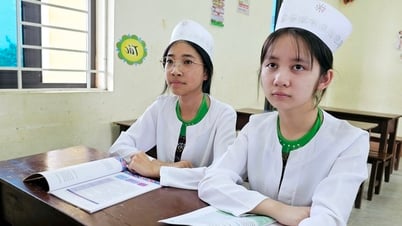
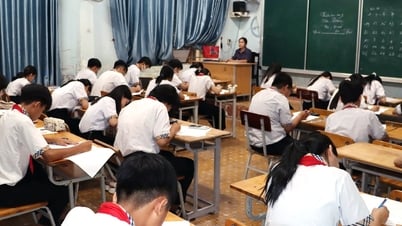




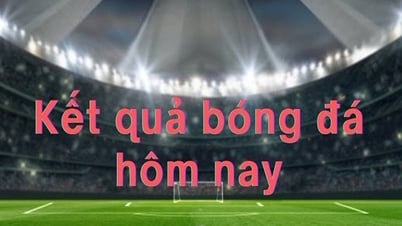
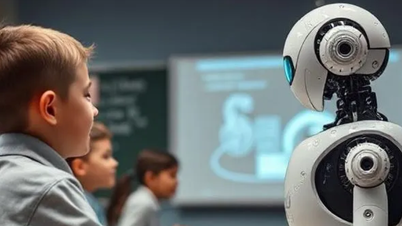
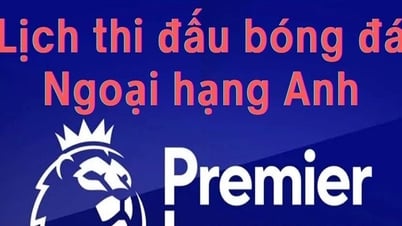
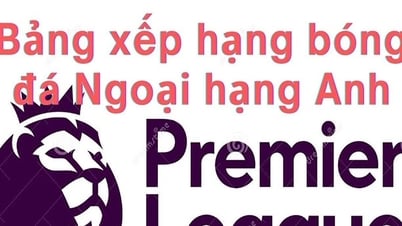

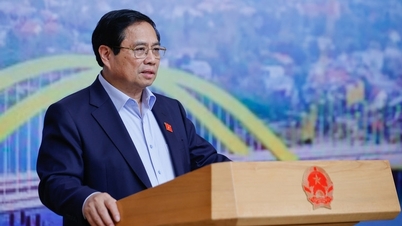
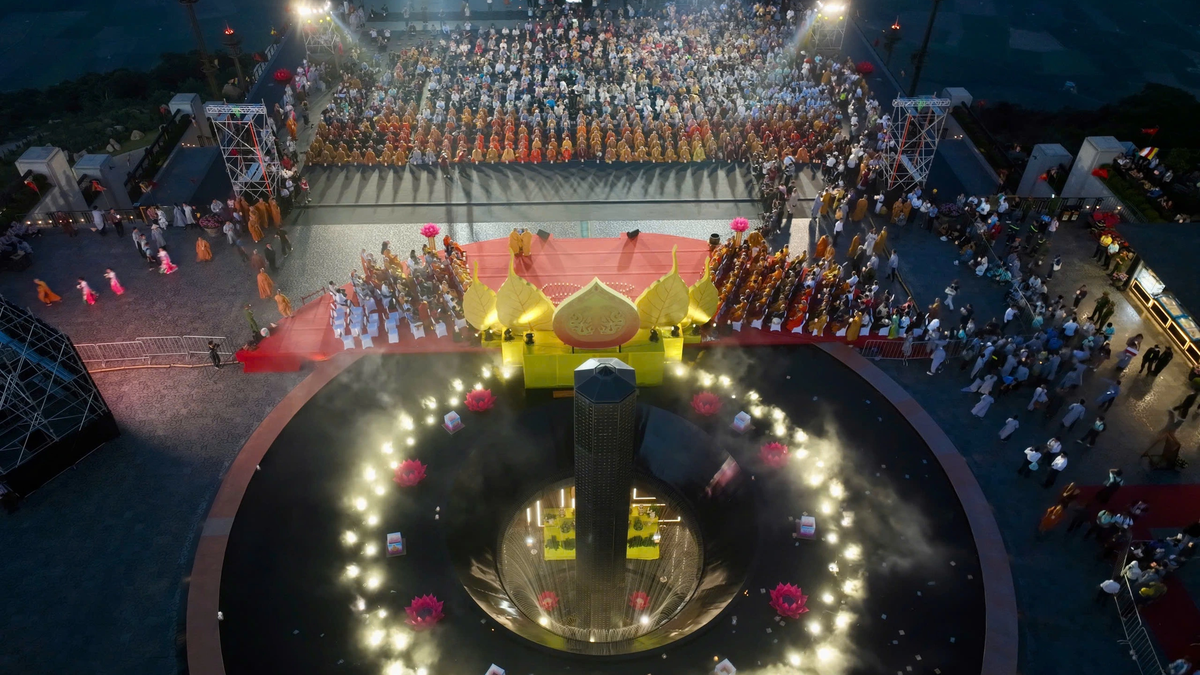


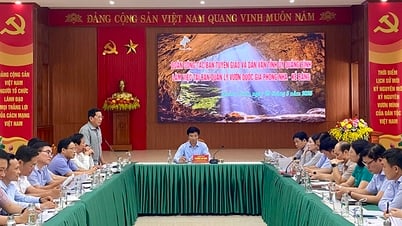

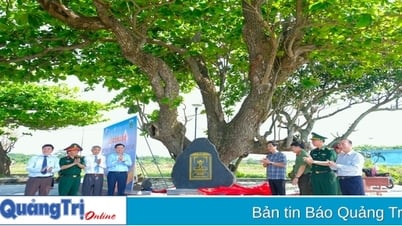

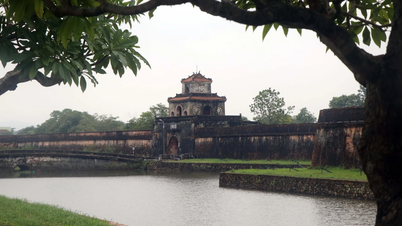

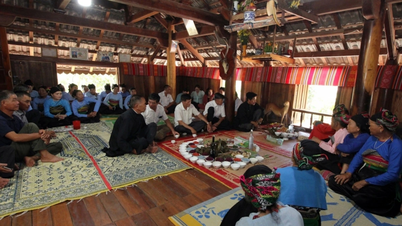

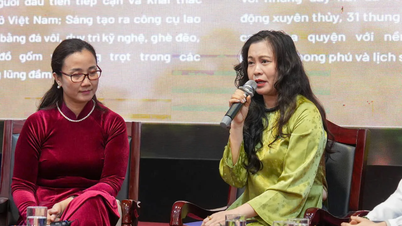

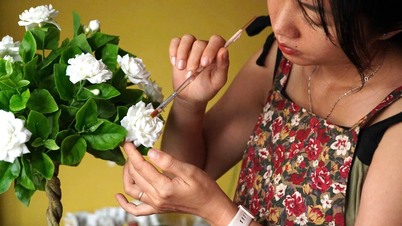
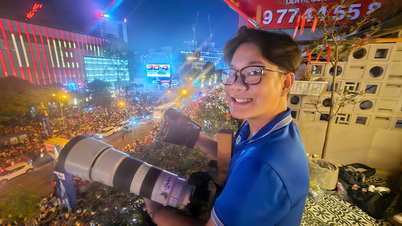

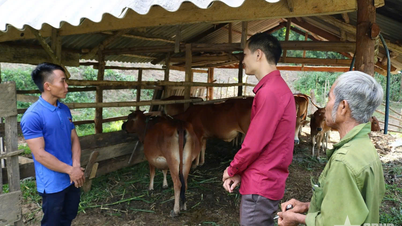

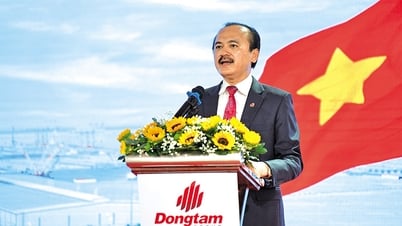

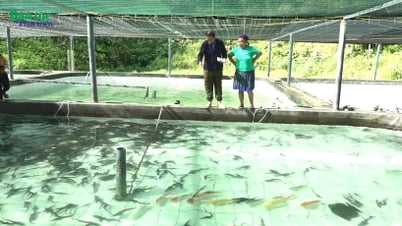
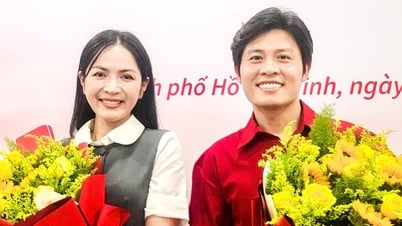








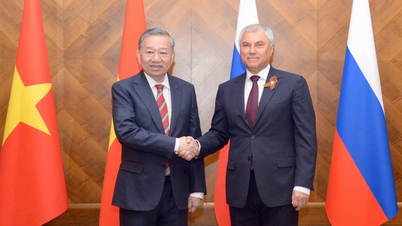

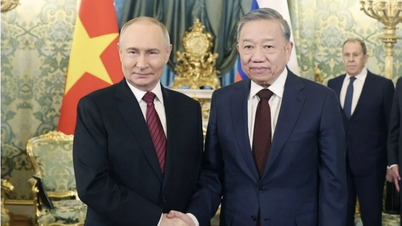
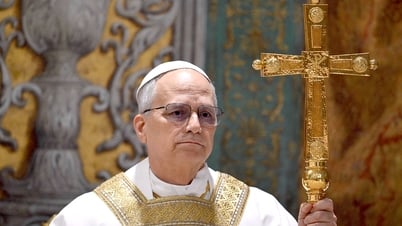
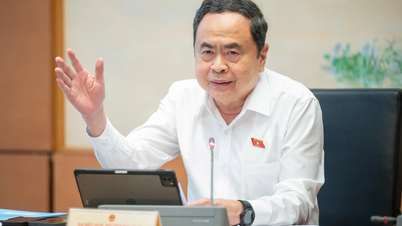
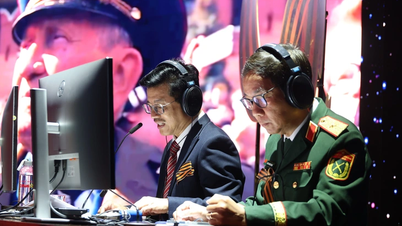




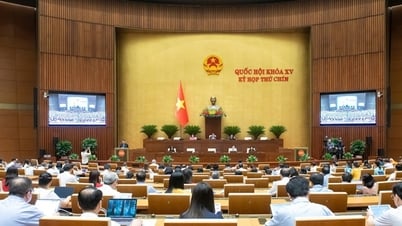


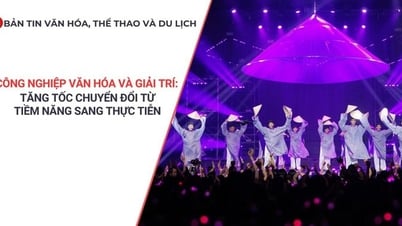
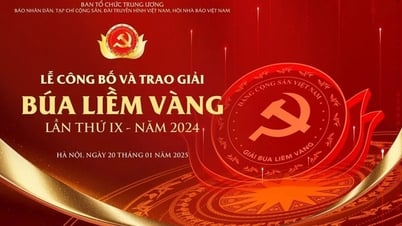
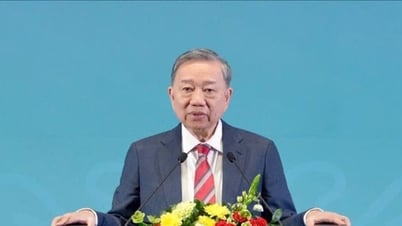

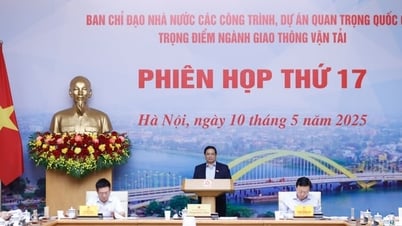

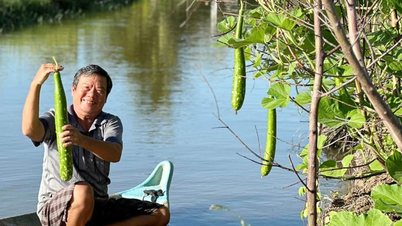

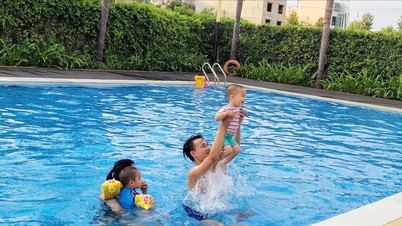
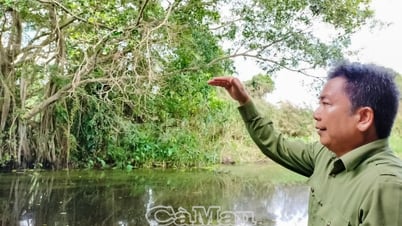




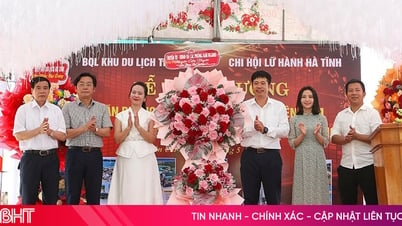

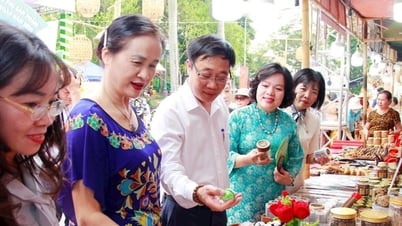
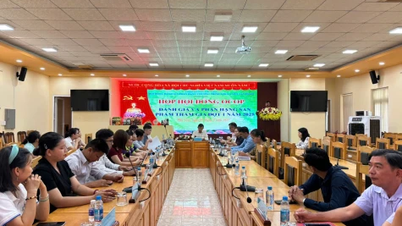

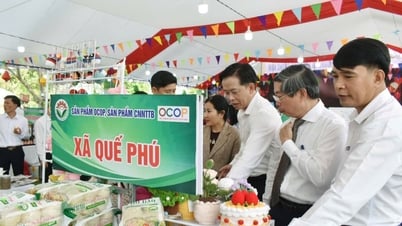

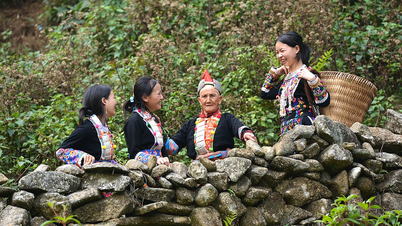
Comment (0)